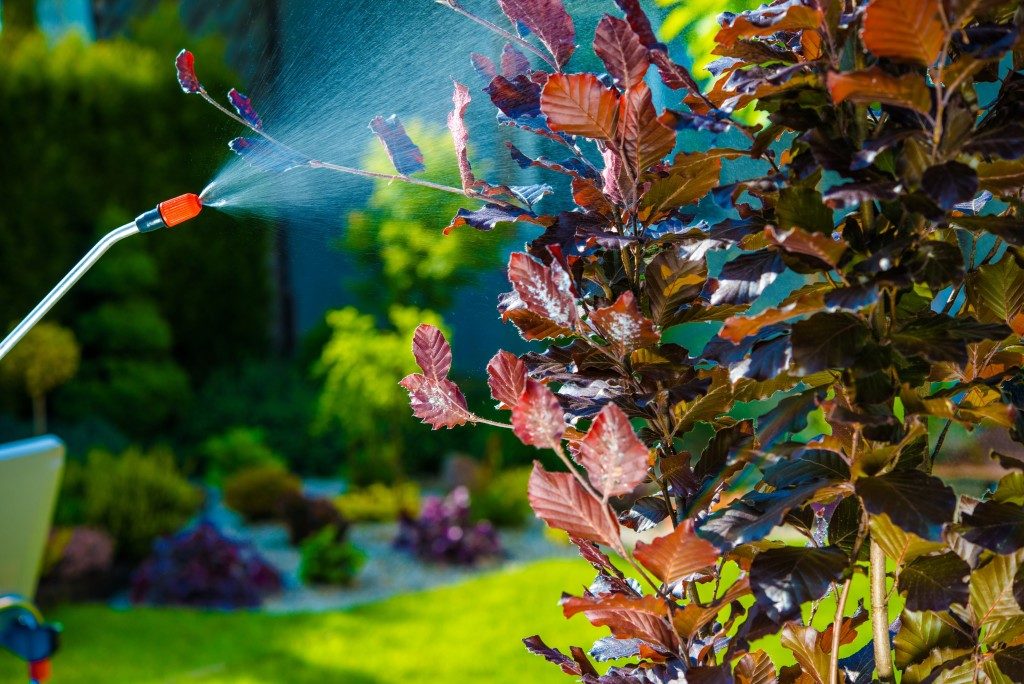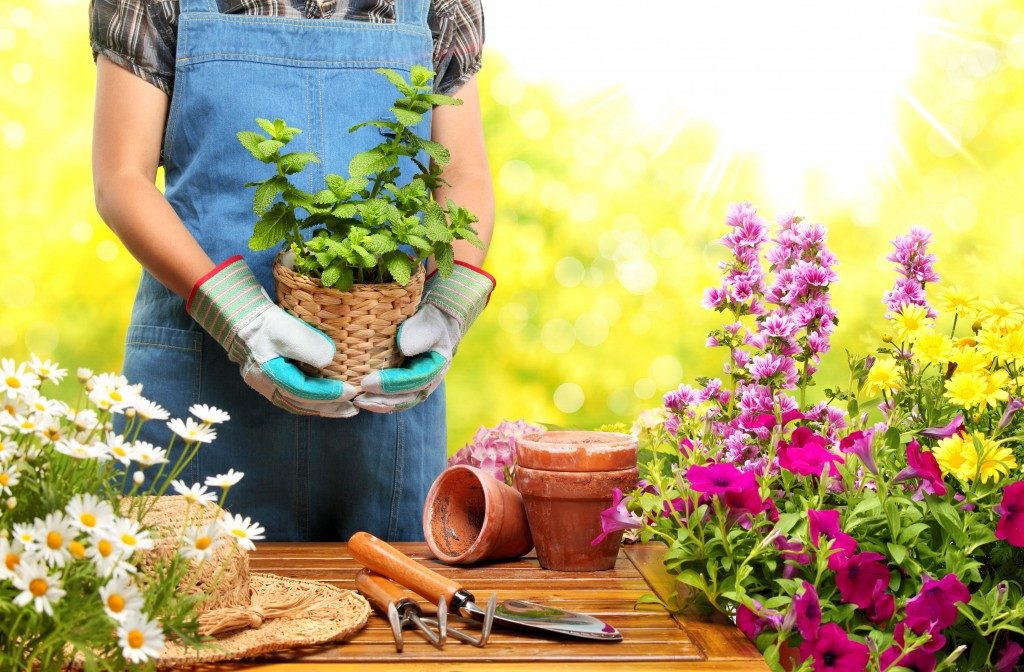Green landscaping is a way for you to save time, money, and energy in the design and maintenance of your garden. A green landscape nurtures wildlife and limits pollution for the creation of a healthy recreational space. You can achieve this for your garden by employing green landscaping methods and using green landscaping supplies.
Native Plants
Plants are one of the central elements of green landscaping. When you’re deciding on what plants to include in your garden, think about incorporating native plants. These plants are naturally adapted to your specific regional environment. This means they’re good for your location and may only require limited amounts of water.
But ask local experts before you do this. They can make sure the plants you choose aren’t invasive or aggressive. For instance, the purple loosestrife was once a common plant in household gardens. It later became banned in many states across the country because it spread too quickly and began to choke other plants.
Responsible Watering
Allow your lawn to go dormant in the heat of summer. You don’t have to keep it green and water it all year long. It’s natural that grass grows dormant certain periods of the year. When you do water your plants, engage in deep soaking. Shallow watering can encourage shallow root growth and make your plants more susceptible to drought and insect problems.
You can conserve soil moisture and prevent weeds from forming when you use organic mulch in garden beds and around trees.
Xeriscaping
There are other ways to go green when it comes to watering your plants. Xeriscaping is a method that involves using rain barrels to collect rainwater runoff from the roof. The water can then be used for your gardening needs.
Use of Chemicals
 Your gardening activities may cause unintentional and unwanted pollution. You can avoid consequences for water, air, and wildlife if you veer away from the use of chemical fertilizers and pesticides.
Your gardening activities may cause unintentional and unwanted pollution. You can avoid consequences for water, air, and wildlife if you veer away from the use of chemical fertilizers and pesticides.
You’ll first need to choose healthy soil. Soil does not always require the addition of chemicals. Often, organic materials are enough. Make sure you’re not over fertilizing and filing your soil with unnecessary amounts of chemical nitrogen and phosphorus. Excess chemicals can get into your groundwater sources and contribute to water pollution. Remember only to add fertilizer to your garden only when they’ll be most beneficial, like during the fall or spring.
Fuel Emissions
Outdoor power equipment is a significant source of pollution. Lawn mowers, chain saws, and leaf vacuums emit high amounts of fuel. Green landscaping isn’t just about the plants. You can save on energy use by switching to manual hand tools. While they may be more inconvenient, they also do not emit any pollution.
In addition, you don’t have to mow your lawn all the time. The leaf blades of your grass should be at least 3 inches long. This way, they’ll keep a healthy root structure and maintain moisture throughout the summer. Leaving grass longer also means your garden has fewer weeds, as the grass can shade and prevent growth of weed seedlings.
These are just some eco-landscaping ideas you can use to reduce the waste you produce.





